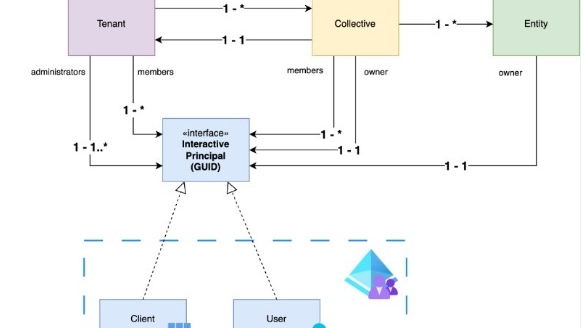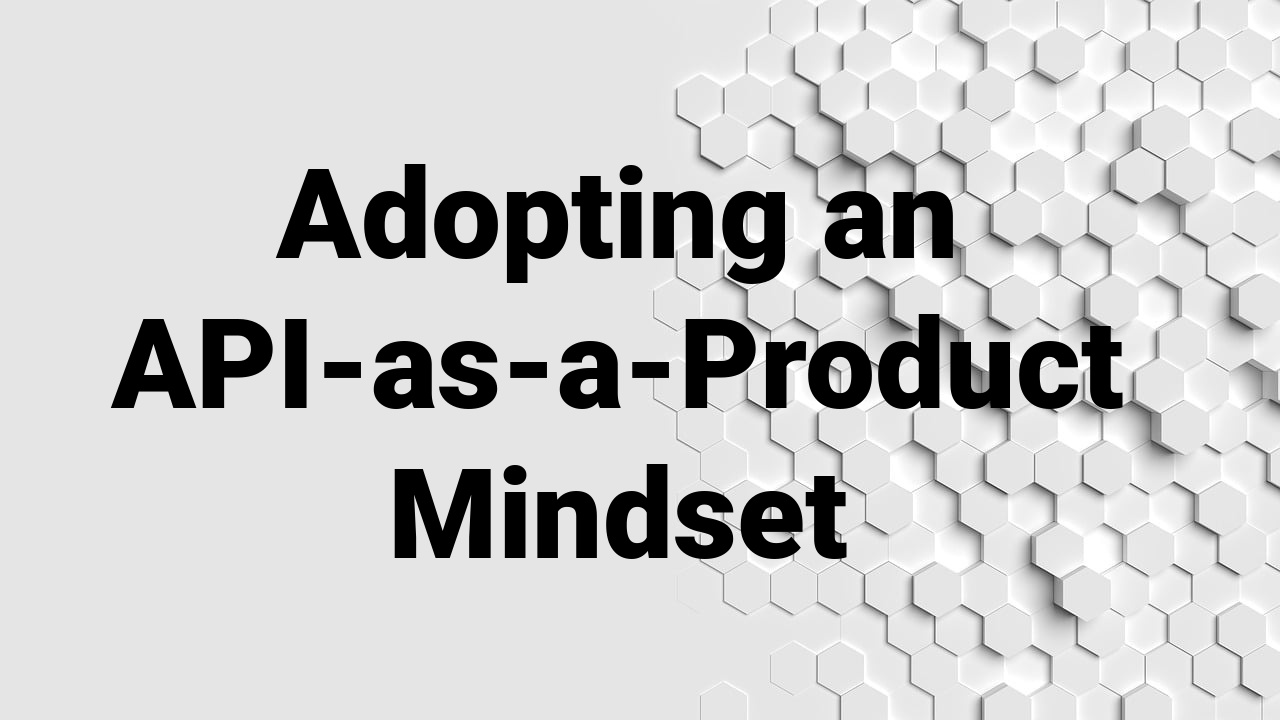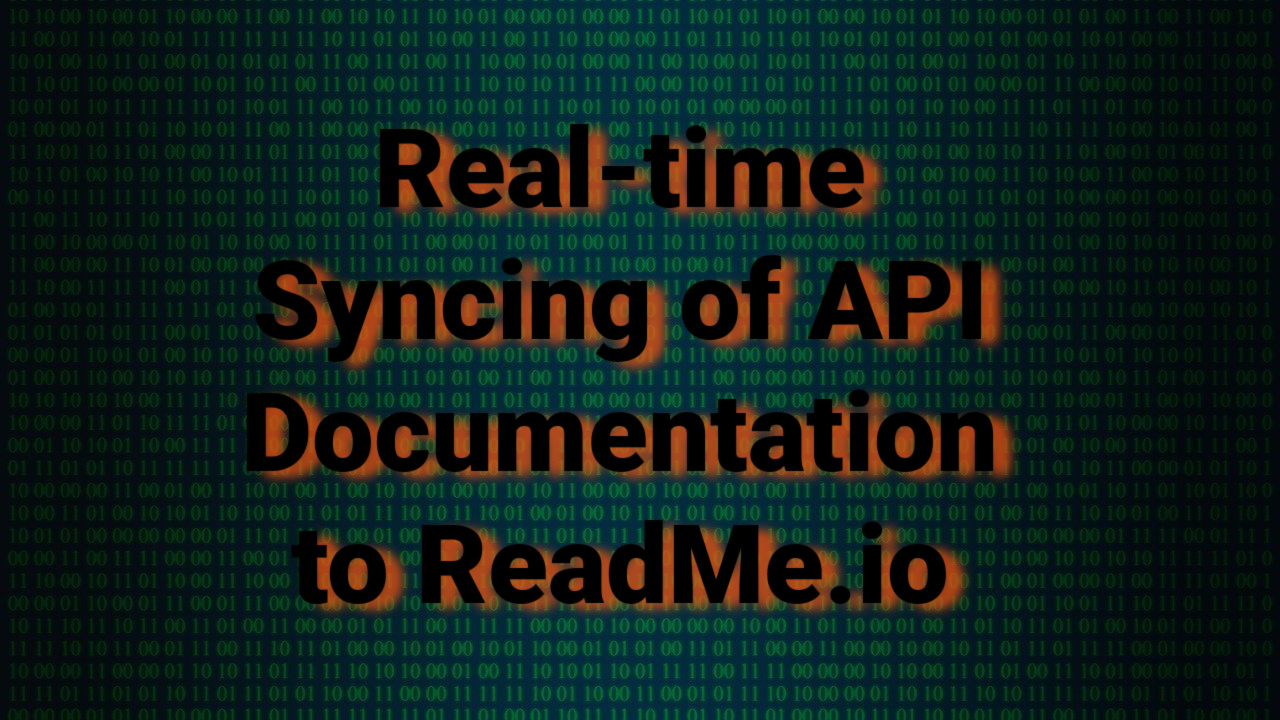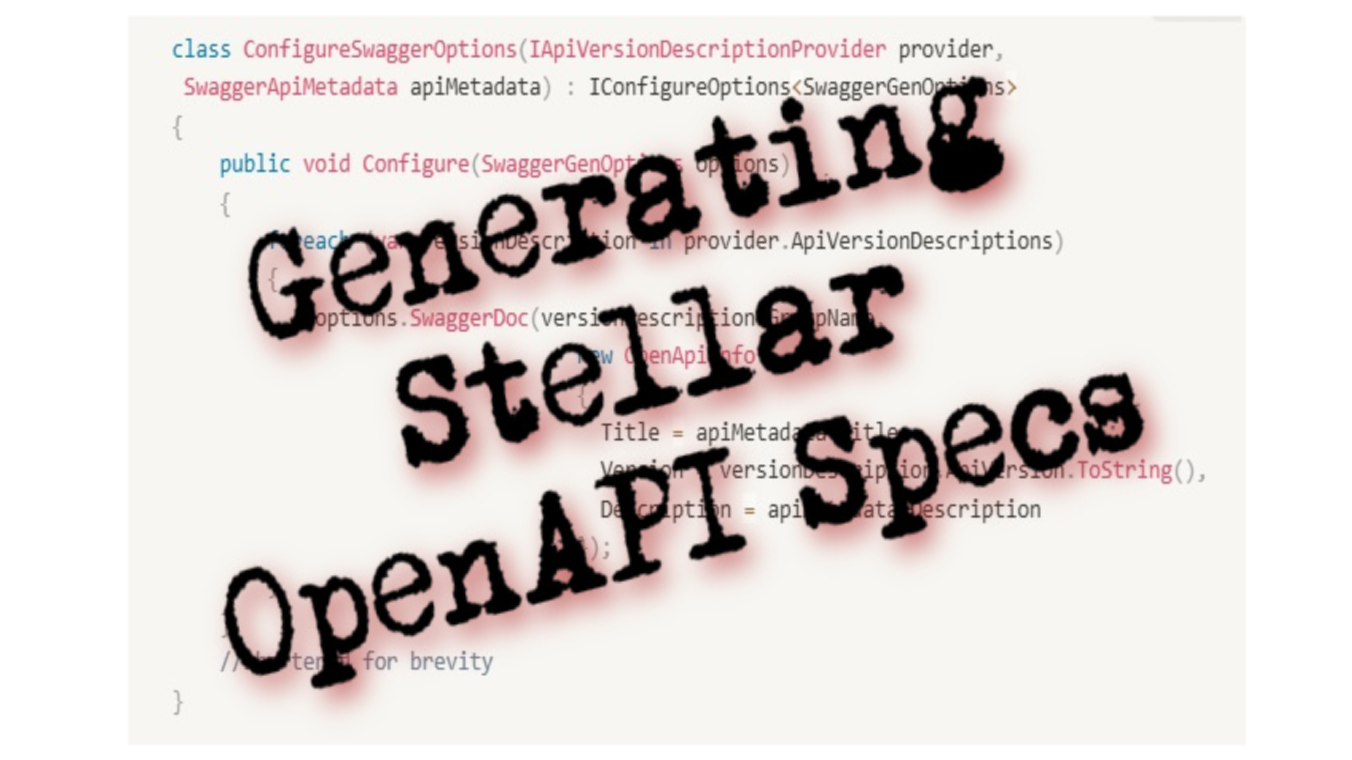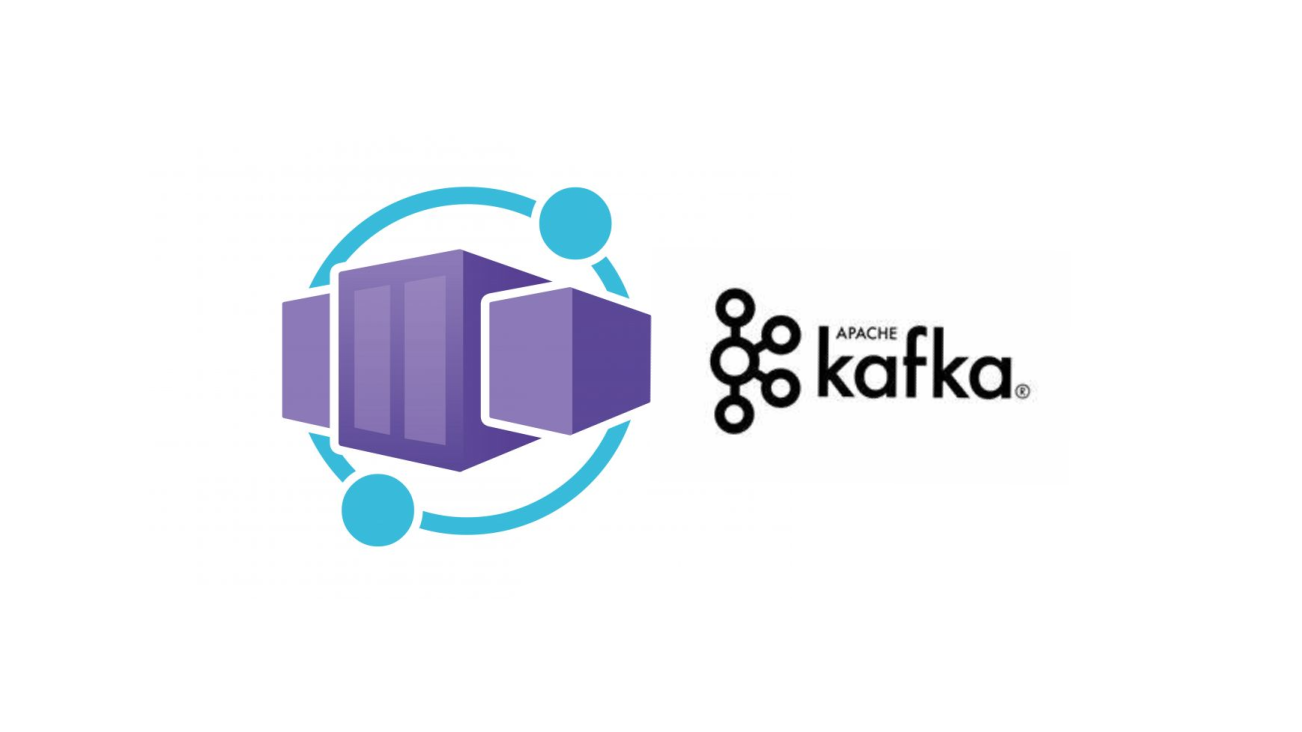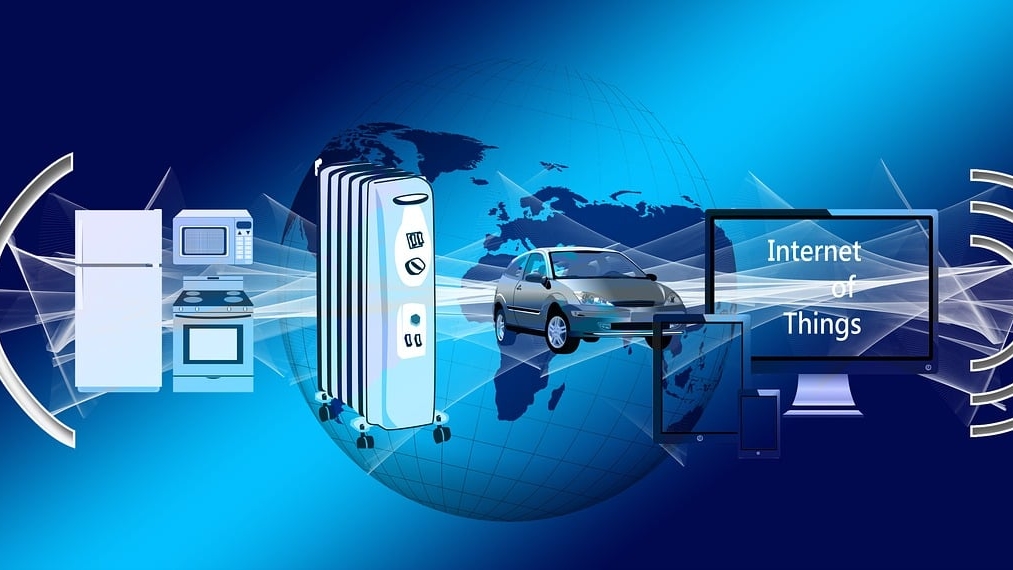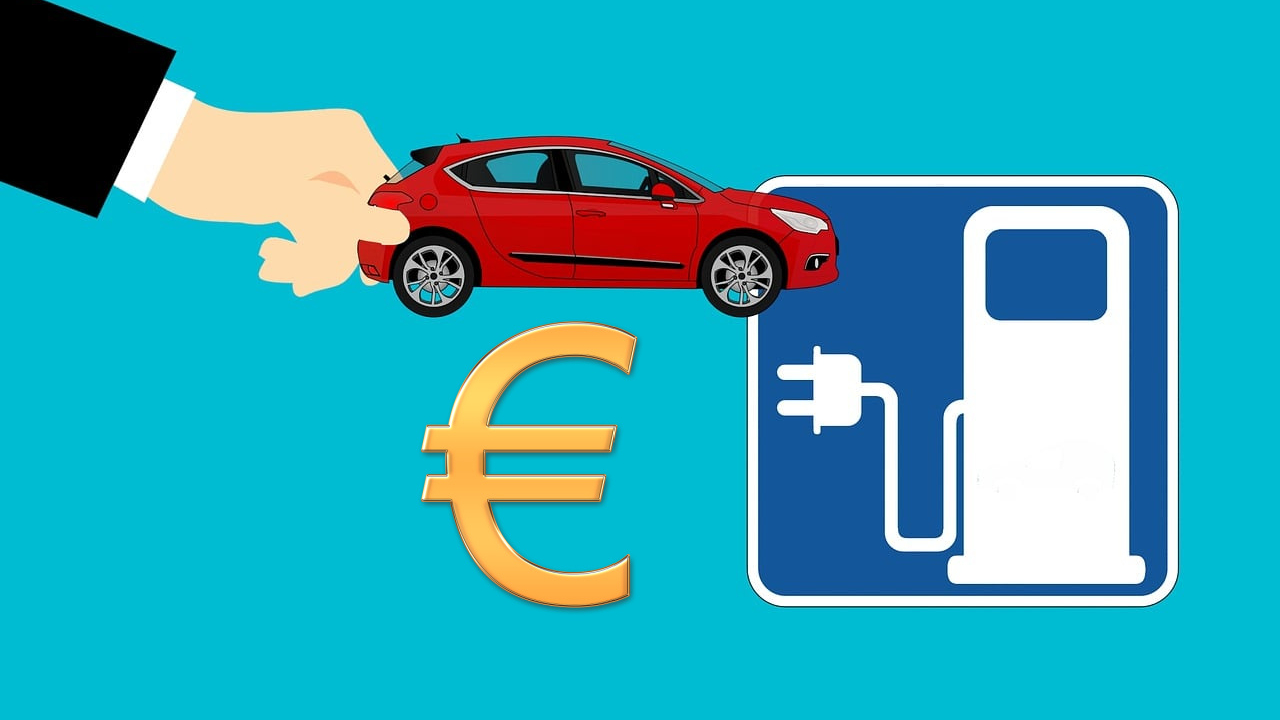A Guide to Monetising APIs
This piece explores the potential to monetise APIs and their commercial value as a channel for monetising existing digital assets and data.
Energy APIs

APIs aren’t new. In fact, they’ve been around for quite a while, embraced fully by industries from all new digital platforms (e.g. Amazon, Facebook), via banking to telecoms as a cornerstone of digital transformation. Yet within the energy sector, they are still largely restricted to specific internal projects strictly within the IT domain.
Over the last decade, APIs have evolved and scaled in volume, and their worth as a technological interface to facilitate agile internal processes and improve operational efficiency is well recognised. The challenge for the energy industry now, or rather the opportunity, is not in proving the value of energy APIs as an internal IT tool – that much is clear to see; it lies now in proving their commercial value as a revenue source in their own right, an integral part of a digital strategy, and a new external channel for monetising existing digital assets and data.
The Basics
Before we look at how data, products and services can be productised via an API or web service, let’s remind ourselves of the basics.
An API is a tool that allows third-party applications to communicate with one another, making them vital to build application driven services.
For energy, the services available via an energy API tends to focus on real-time data – tariff data and other information related to the price of electricity, data from smart meters or home energy management systems, RES production data and sensor information, weather forecasting, market data and e-mobility data. The information provides valuable market intelligence and insight for players across the value chain, from traders and utilities to customers, connecting data on energy consumption with HEM and battery systems. As the energy industry becomes increasingly complex and digitally integrated, the ability to share this data through APIs is vital.
What Makes an API Monetisable?
If APIs are to be considered a digital product in their own right, they need features such as a product description, a usage licence(s) and pricing model just as any other product brought to market as part of an overall business strategy. It certainly isn’t the case that all digital assets available through a company’s existing API are naturally of monetary value to a broad external audience. As with any product, you need to look at the target audience and their specific needs – to whom would this data be of interest, for what pain point does it provide a solution and what value does it offer? Exclusivity in data and functionality is always a good place to start, but it is not essential if the offering still delivers a particular value to a particular audience.
As an example, an API providing a forecast of day-ahead electricity prices is obviously only relevant to industry players with short-term operations that enable or rely on them reacting quickly, not to largescale industrial consumers on 3-year fixed price contracts. Similarly, wind power forecast data has enormous value for an energy trader on an aggregated level as it influences the supply/demand balance but has little relevance to retailers, generators and the like. The key is to know and understand your audience.
Adopting an API-as-a-Product Mindset
APIs have enormous potential to open companies up to new revenue streams, unlock new markets and extract value from existing assets. To fully realise this potential however, APIs need to be lifted out of the sole domain of the IT department and treated as a digital product in their own right. Adopting such an API as a product mindset transforms APIs from a project-specific internal IT tool to the very cornerstone of digital transformation, relevant suddenly to the C-Suite and wider business. Above, we explored how an API can be monetised. Below, we’ll shine further light on the concept of iterative API product development and how it can drive longer-term value.
Identifying and Responding to User Need
The initial commercial success of any product depends almost entirely on whether there is a clearly defined market and customer need. As a digital product, these points are equally valid for APIs and should be well thought through in any development process.
When it comes to defining the market for APIs, there is usually both an internal and external audience. Internally, an API can be used within an organisation to transform operational processes and integrate disparate systems. Externally, the developer community is most often the direct API user. As we know, APIs enable developers to leverage data to build new products and applications at pace and at scale by removing the need to write entirely new code. Within the energy industry in particular, APIs are key in facilitating the sharing of data which has previously been inaccessible and fragmented, opening up collaboration and innovation across the entire energy value chain. User need for APIs will inevitably vary depending on the nature of the audience, and determining what features they require should be the first step in any product roadmap.
Iterative Product Development
Simply put, a roadmap is a plan for how the product will develop over time. It sets out the direction and priorities of the product over an agreed timescale, including goals and what needs to be done to achieve them. As with any product, public APIs should evolve to meet the changing need of the developer community over time and should be designed with this firmly in mind. Consider as an additional layer of complexity that APIs are the building blocks used by developers to create other products, which will inevitably in turn evolve in line with end user need. In a nutshell, the agile approach to API development which comes with a product mindset is crucial, and a roadmap will be invaluable in keeping this process in check.
For iterative development, API usage analytics are a valuable source of insight into performance and can be used to update the product roadmap as necessary. API response times, number of calls and usage patterns, among other metrics, generate feedback which enables the API provider to better understand what the audience needs and adapt the product accordingly. In practice, this means creating an API with an iterative lifecycle – an API which is consistently updated and improved to ensure long-term relevance and continued traction among the developer ecosystem. By taking this approach with APIs, it is possible to transform what has previously been a technical asset used for short-term finite internal projects into an agile digital product with long-term commercial value.
Maximising API Product Value
APIs as products generate transactional value which goes far beyond direct revenue. Optimisation of internal systems and the efficiencies this delivers can be an extremely important factor in commercial success. Similarly, the opportunities for partnerships and wider industry innovation unleashed by being part of a broad API economy is also vital. We can see this illustrated well within the energy industry with wind turbine SCADA data. This data can be employed by asset owners to improve turbine operations or sold to generate a small revenue stream. It has however far greater potential and impact for the broader industry – sharing of SCADA data in API format enables traders to better integrate wind in the energy market, increasing the value of wind power in power purchasing agreements.
However useful, longer-term success and value of an API will depend on customer experience and ease of use. Key considerations for APIs with external audiences include security – clear policies and protocols to protect and control the data – straightforward integration processes and access to relevant documentation. These maximise productivity for developers and can be handled easily by offering the well-designed API through a digital marketplace which goes far beyond a simple developer portal in the API management services it provides.
re.alto can help you to extract maximum value from your energy data and digital products. If you have an energy-related API that you would like to monetise, why not consider adding it to our API Marketplace? Reach out to us today if you would like more information.
USE CASE EXAMPLE
Creating an energy API digital product
The European Electricity Suppliers API, developed by re.alto, is a comprehensive open data list of more than 1700 European energy retailers from across six European countries.
CUSTOMER NEED
In conversation with partners and clients, the re.alto business development team identified a gap in the market and a very specific consumer need – frustrated with fragmented country-specific lists with missing information, companies were looking for a largescale pan-European overview of energy suppliers. The re.alto team of energy industry specialists were able to gather the required data for six countries in just two hours before API developers created and tested the API itself.
ITERATIVE FEATURE DEVELOPMENT & SCALEABILITY
Having made it freely available on the re.alto digital marketplace in a unique first for the industry, the API will be monitored, usage patterns analysed and feedback gathered before scaling the product to the next stages in an iterative feature development roadmap – adding further European country supplier lists and including complex dynamic tariff data.
Thank you
You have been subscribed for the newsletterExplore more
Domain Model and Security Principles of the re.alto API Platform
This article is intended as a guide/introduction for developers/architects using our API platform.
Selling Energy Data: Adopting an API-as-a-Product Mindset
API-as-a-Product: What to consider when marketing your API
New Feature: Guided Onboarding of EVs
This article looks at the benefits of one of our newer features: the guided onboarding of EVs to the re.alto platform.
Real-Time Syncing of API Documentation to ReadMe.io
This guide shows you how to sync API documentation to readme.io in real-time
Generating Stellar OpenAPI Specs
This guide by our development team shows you how to generate stellar OpenAPI specs.
re.alto Obtains ISO 27001 Certification (Revised 2022 Version)
We’re proud to share that re.alto has successfully completed ISO 27001 certification, this time for the new, revised version of the standard.
New Feature: Charge Sessions API
We’re excited to announce that our EV connectivity platform now has a new added feature available: the Charge Sessions API.
Scaling with Azure Container Apps & Apache Kafka
This article, written by re.alto’s development team, explains how to scale with Azure Container Apps and Apache Kafka.
Containerisation: Introduction & Use Case
An introduction to the technologies used in containerisation (by re.alto's dev team)
Remote EV Charging via Official APIs
Remote Charging via Official APIs (Mercedes Benz / Tesla Connector)
Vehicle IoT: an Alternative to Smart Charge Poles
Vehicle IoT: an alternative to smart charge poles / smart charge points.
Alternative APIs for Dark Sky
Alternative APIs for Dark Sky and the strategic value of weather forecasting data in energy.
The First Open Data List of European Electricity Suppliers
A database of information about electricity suppliers in Europe.
What is an API?
The term API is an acronym. It stands for “Application Programming Interface.”

